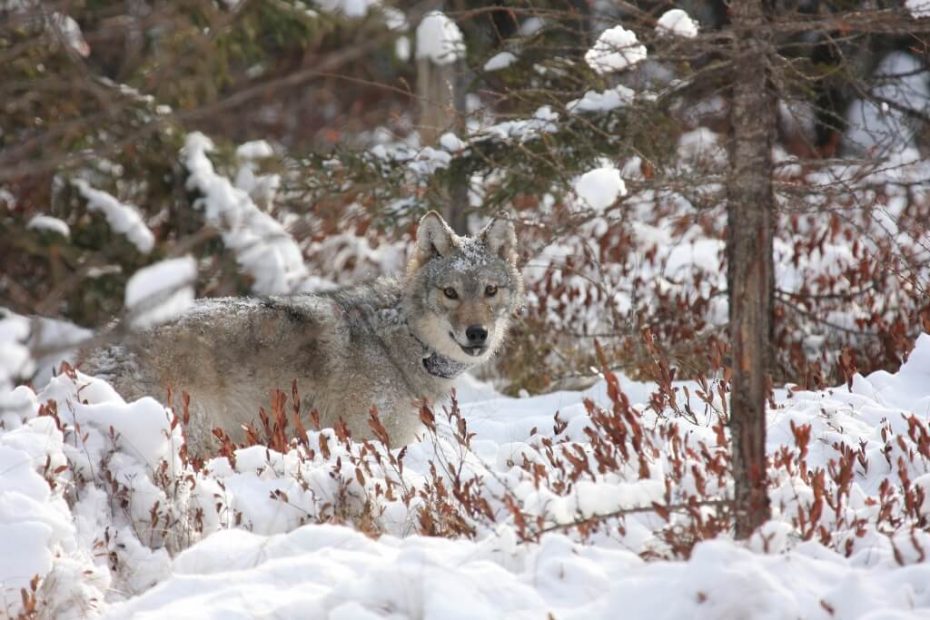
The Wisconsin Department of Natural Resources, or DNR, has set a quota for grey wolf at 130 animals for the fall hunting and trapping season. This follows a court-ordered hunting season that culled 218 wolves earlier this year.
Originally scheduled for 2020, the wolf hunting season was delayed until February of this year. The DNR set the quota at 119 animals, although the season ended in just four days after hunters culled 99 wolves over the limit.
The decision to add a wolf season to Wisconsin’s hunt was approved by the DNR after the grey wolf was removed from the endangered species list. Another estimated 100 wolves died or were killed over the winter, with poaching as the main suspected cause.
A majority of the wolves allocated for hunting are typically reserved for Native American hunters. In the previous hunt, 81 of the 119 wolf tickets were set aside for Native American tribe members, including the Ojibwe tribes, who hold the rights to resources on the Ceded Territory of Wisconsin.
Since 2020 the Wisconsin wolf population has dropped by nearly a third, from around 1,100 animals down to six or seven hundred, although estimates do vary. While the DNR plans to revise the wolf hunt rules to reflect changes in the population, the updated plan won’t be in place until 2022.
Due to the proximity of the hunts, some biologists are concerned about longer-term effects on the grey wolf population. Because of the late hunting season, wolf pack cohesion and wolf reproduction was disrupted going into the breeding season.
“I think 130 is too high given the unknowns we have out there,” said Adrian Wydeven, a former wolf biologist with the Wisconsin DNR.
“The Wisconsin DNR has successfully managed gray wolves for decades and will continue to do so in accordance with the laws of our state and the best science available,” said the DNR, and that this season starting in November will be “a harvest that maintains the long term sustainability of the population.”
SEE ALSO: Wisconsin Wolf Hunters More Successful Than Anticipated
The DNR expects to have new rules in place for the fall hunt, including a shorter reporting window, to help prevent exceeding the set quota. The fall 2021 season starts Nov. 6 and runs through Feb. 28, although the wolf hunt portion will likely be much shorter.
“The DNR is preparing for a Fall 2021 wolf harvest season through a transparent and science-based process,” the department said. “The DNR has convened a 2021 Wolf Harvest Advisory Committee to provide input on the management objectives and harvest quota for the fall season.”
“The committee will consider the current management plan, state statute and the February 2021 season report in providing input to the department,” they continued. “In addition, the DNR will coordinate with our Tribal partners and will seek further public input on harvest objectives.”
